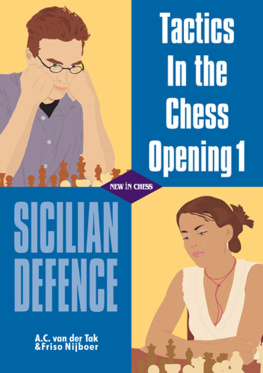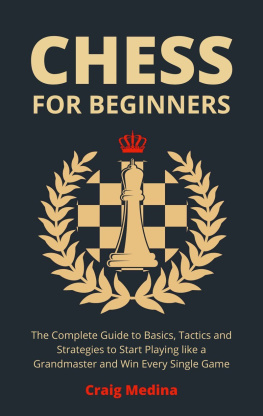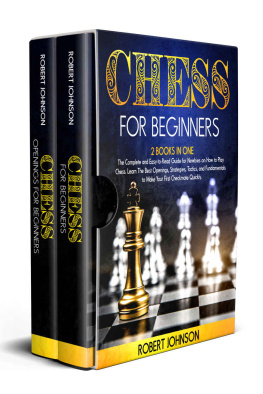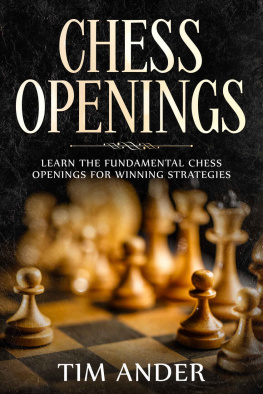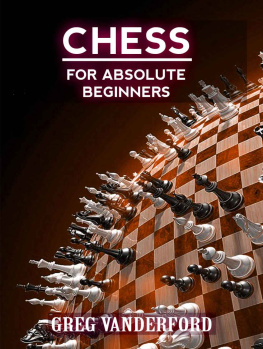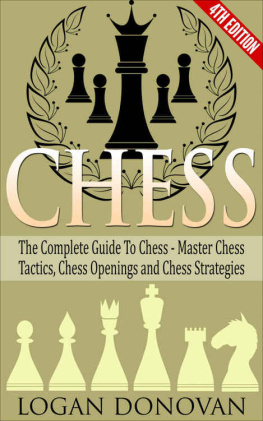Published by Tuttle Publishing, an imprint of Periplus Editions (HK) Ltd., wiTheditorial offices at 364 Innovation Drive, North Clarendon, Vermont 05759 U.S.A.
Copyright 1993, 2009 by Charles E. Tuttle Publishing Co
All rights reserved. No part of this publication may be reproduced or utilized in any form or by any means, electronic or mechanical, including photocopying, recording, or by any information storage and retrieval system, without prior written permission from the publisher.
Leggett, Trevor.
Japanese chess : the game of shogi / by Trevor Leggett.
p. cm.
Rev. ed. of: Shogi.
ISBN 978-4-8053-1036-6;ISBN 978-1-4629-0358-0 (ebook)
1. Shogi. 2. Japan--Social life and customs. I. Leggett, Trevor. Shogi. II. Title.
GV1458.S5L43 2009
794.18--dc22
TUTTLE PUBLISHING is a registered trademark of Tuttle Publishing, a division of Periplus Editions
FOREWORD
When the first edition of the book you are now holding, Trevor Leggetts Shogi: Japans Game of Strategy (now retitled Japanese Chess: The Game of Shogi ) was first published in 1966, it played a pioneering role in helping to spread awareness of this unique member of the chess family outside its country of origin. It was the first book on shogi by a non-Japanese author. There have been many changes in the world of shogi over the past four decades, including the appearance of several other shogi-related books in English, yet Leggetts book has several unique features which make the appearance of this new edition a welcome event and which will give it a continuing part to play in the worldwide popularization of shogi.
The most striking feature of shogi, and what distinguishes it from all other regional variants of chess, is that pieces captured from the opponent are retained and may be dropped back onto the board as ones own. This single feature affects the nature of the game in a number of ways in comparison with Western chess: play tends to be more dynamic, with material advantage being less important than the momentum of an effective attack; very few games end in draws (less than 1% for games between professionals); and players of significantly different strength can play each other on equal terms through a carefully calibrated handicapping system in which the stronger player removes certain pieces from the starting line-up. Arguing about whether chess or shogi is the better game seems pointless. But it is certainly true that a large proportion of chess players who take the time to learn shogi end up becoming fascinated with the Japanese version of the game.
Despite its undeniable strengths as a strategic game, the spread of shogi outside Japan has been slow. There are, I think, three main barriers. Firstly, the vast majority of the literature on shogi including openings manuals, collections of games by professional players, and checkmating problems is written in Japanese only. Secondly, the Chinese calligraphy that appears on each shogi piece, and which distinguishes one kind of piece from another, can be initially off-putting to those learning the game. Thirdly, outside Japan it is difficult to get hold of shogi sets and boards on which to play the game.
What makes Leggetts book pioneering was not just the early date of its initial publication, but that the author takes steps to address all three of the above issues. For one thing, the book is itself (of course) written in English! In addition, Leggett minimizes the confusion caused by the appearance of the pieces by printing both the calligraphy and an identifying letter from the roman alphabet (for example, G for Gold General) on each piece in every diagram in the book. Finally, each book includes a paper shogi board and punch-out cardboard pieces.
Harder to pin down, perhaps, but no less important, is the way in which the book is infused with Leggetts own familiarity with Japanese language and culture. Trevor Leggett was an influential teacher and practitioner of judo, and he also had a deep knowledge of Zen. In an article written in 2000 for the Bulletin of the Kano Society, Leggett writes of achieving a state of mind that involves
giving up all thoughts of win-or-loss. If the mind can be emptied of such thoughts, a clear and unexpected result comes about. The great shogi grand-master, Yasuharu Oyama, told me that he did this mokoso at the beginning of a match. He used to sit perfectly still, sometimes for several minutes, before making his first move.
Western practitioners of shogi tend to have encountered the game either through a prior interest in chess or through a prior interest in Japanese culture. Leggett definitely falls into the second camp, although this did not prevent him from becoming a strong shogi player. (Just how strong is unclear: he is reported to have received a fifth dan ranking from Oyama, which is equal to the highest ranking ever achieved by a non-Japanese player. But the fifth dan ranking is purely honorific, and as such is not necessarily a reflection of playing strength.)
In his postscript to the first edition of Shogi: Japans Game of Strategy , Oyama wrote
Interest in the game is now increasing in countries other than Japan, and I am certain that, like judo, there will soon be shogi tournaments held on a world-wide scale.
Despite the obstacles mentioned earlier, shogi has succeeding in spreading and putting down roots outside Japan over the past four decades, and countries such as the USA, Sweden, Holland, and France now have active shogi scenes, including national organizing bodies, local shogi clubs, and a calendar of regular tournaments and national championships. This progress is due in part to the efforts of Japans governing shogi association, the Nihon Shogi Renmei , to promote shogi internationally. Initiatives have included organizing four triennial International Shogi Forums which bring top amateur players from over twenty different countries to Japan to compete in both team and individual tournaments and to interact with shogi professionals.
A second major trend that has helped the spread of shogi has been the rise of internet-based play. It is now possible to log on to websites from anywhere in the world that enable you to play games in real time against shogi players of all different strengths. Although this cannot duplicate the full experience of face-to-face play, it enables shogi enthusiasts to keep in practice even if they live far from any active shogi community. For additional information on shogi, log onto www.shogidojo.com/eng/engindex.htm, http://groups.google.com/group/shogi-l, or www.shogi.net.



